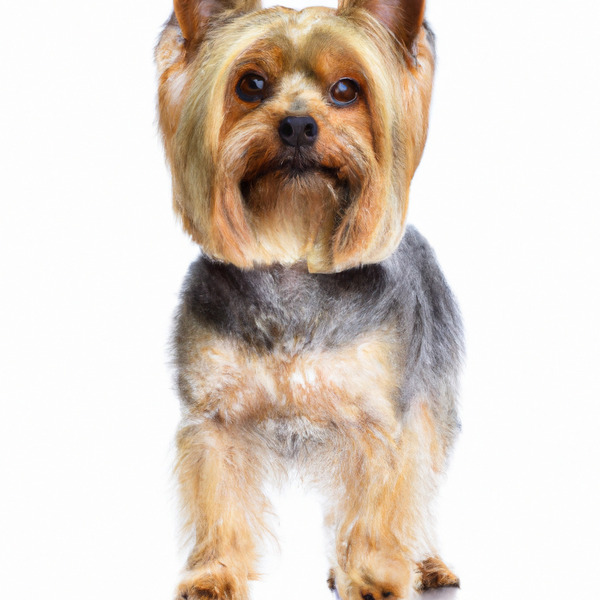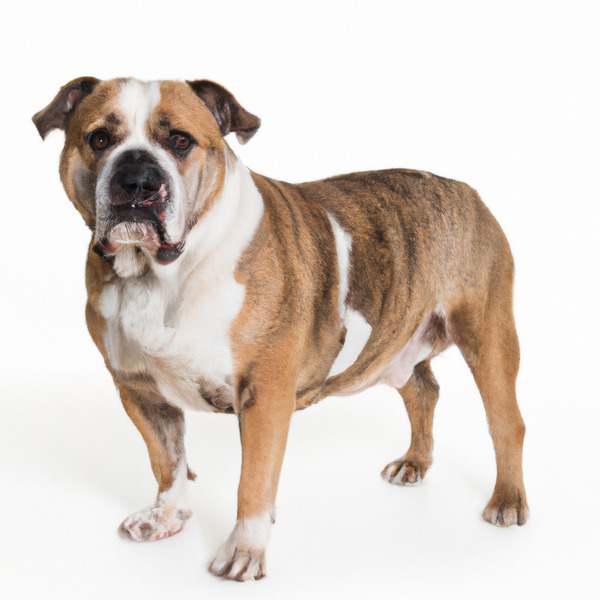Yorkshire Terrier vs. Olde English Bulldogge: Breed Differences and Similarities
Weight Gain Potential
Which breed eats more: Yorkshire Terrier or Olde English Bulldogge?
Yorkshire Terrier has average obesity risk, needs balanced diet, daily walks, and weight monitoring.
Olde English Bulldogge has high obesity risk, needs regular exercise and food control to maintain healthy weight.
Hypoallergenic
Are Yorkshire Terriers or Olde English Bulldogges hypoallergenic, or neither?
While no dogs are truly 100% hypoallergenic, Yorkshire Terriers are about as close as it gets, making them an ideal pet if you are an allergy sufferer.
Unfortunately, the Olde English Bulldogge is not hypoallergenic, making it not a good choice for a dog lover who suffers from pet allergies.
Temperament
What are the personalities of Yorkshire Terrier and Olde English Bulldogge dogs?
Alert
Energetic
Intelligent
Playful
Courageous
Independent
Loyal
Alert
Courageous
Friendly
Confident
Loving
Strong
Shedding Level
Do Yorkshire Terriers shed more than Olde English Bulldogges, or which breed sheds more, Yorkshire Terriers or Olde English Bulldogges?
Yorkshire Terriers shed very little hair, making them a great choice for those who dislike excess hair in the house.
Olde English Bulldogges are moderate shedders, but regular brushing can reduce shedding and maintain coat health.
Watchdog Ability
Which dog breed makes a better watchdog, the Yorkshire Terrier or Olde English Bulldogge?
Yorkshire Terrier and Olde English Bulldogge are very good watchdogs. They are a vocal breed and are wary of outsiders, so if someone approaches your home or aims to intrude, these breeds are going to make sure everyone knows about it.
Origin
What is the origin of Yorkshire Terrier and Olde English Bulldogge dog breeds?
England
United States
Ancestry
What are the origins of Yorkshire Terrier and Olde English Bulldogge breeds?
Waterside, Manchester, Paisley, Skye, Dandie Dinmont Terriers
English Bulldog, American Bulldog, American Pit Bull Terrier, Bull Mastiff
Date of Birth
When were Yorkshire Terrier and Olde English Bulldogge breeds first developed?
1800s
1971
Breed Group
What is the Breed Group of Yorkshire Terrier and Olde English Bulldogge?
Toy (AKC:1885)
Companion (UKC)
Guardian Dog (UKC)
Eye Color Possibilites
What are the eye colors of Yorkshire Terrier and Olde English Bulldogge dogs?
Brown
Brown
Amber
Nose Color Possibilites
What are the natural nose colors of Yorkshire Terrier and Olde English Bulldogge?
Black
Black
Coat Color Possibilites
What are the natural colors of the coat for Yorkshire Terrier and Olde English Bulldogge breeds?
Black
Blue
Silver
Fawn
Brindle
Gray
Fawn
Red
Brown
Coat Length
What is the typical coat length for Yorkshire Terrier and Olde English Bulldogge breeds?
Yorkshire Terriers are known for their coat length.
Olde English Bulldogges have coats that can be either short or medium in length.
Coat Density
What is the density of the coat of Yorkshire Terrier and Olde English Bulldogge?
Coat Texture
What is the hair texture of Yorkshire Terrier and Olde English Bulldogge?
Straight
Litter Size
What is the usual litter size for Yorkshire Terrier and Olde English Bulldogge?
A Yorkshire Terrier can have a litter of 12-16 puppies on average. However, it's worth noting that the size of the litters can vary greatly. Factors that can influence litter size include the health of the mother, breeding history, and genetics.
An Olde English Bulldogge can have a litter of 11-13 puppies on average. However, it's worth noting that the size of the litters can vary greatly. Factors that can influence litter size include the health of the mother, breeding history, and genetics.
Adaptability
Yorkshire Terrier and Olde English Bulldogges are known for their adaptability and versatility. They are capable of adapting well to a wide range of lifestyle changes and living environments, making them great companions for families and individuals of all lifestyles.
Health Issues
Between Yorkshire Terrier and Olde English Bulldogge, which breed is more prone to health problems?
Yorkshire Terriers typically have low vet costs due to their good health, but it's important to monitor their health and seek vet care when necessary.
While the Olde English Bulldogge breed is generally healthy, occasional vet check-ups are still necessary to address any health concerns.
Major Concerns
What are the major health concerns for Yorkshire Terrier and Olde English Bulldogge breeds?
Portacaval Shunt
Tracheal Collapse
Legg-Calve-Perthes Disease
Bloat
Minor Concerns
What minor health issues should be kept in mind when owning Yorkshire Terrier and Olde English Bulldogge?
Patellar Luxation
Hip Dysplasia
Occasional Tests
What occasional tests are recommended for Yorkshire Terrier and Olde English Bulldogge breeds?
Eye
Knee
Liver Ultrasound
X-Rays
Endoscopy
X-Rays
Physical Examination
Energy
How do the energy levels of Yorkshire Terriers and Olde English Bulldogges compare?
Yorkshire Terriers thrive on an active lifestyle due to their high-energy nature.
Olde English Bulldogges are a good choice for a low-key lifestyle due to their low energy levels.
Social Needs
Yorkshire Terrier vs Olde English Bulldogge social needs comparison
Yorkshire Terrier has very high social needs and requires regular mental and physical stimulation, a job or purpose, and companionship.
Olde English Bulldogge has above average social needs and thrives with interaction with humans and other dogs.
Exercise Needed
Yorkshire Terrier vs Olde English Bulldogge exercise need comparison.
Yorkshire Terriers require minimal physical activity for a healthy lifestyle.
Olde English Bulldogges need only a small amount of physical activity, ideal for busy or elderly people or those with limited space.
Sleeping Need
Which of the two sleeps the most/least: Yorkshire Terrier or Olde English Bulldogge?
Yorkshire Terriers are active and require sufficient sleep to stay healthy.
Olde English Bulldogges are known for their relaxed and calm nature and enjoy long periods of sleep.
Drooling Tendency
Which drools more/less, Yorkshire Terrier or Olde English Bulldogge?
Yorkshire Terrier minimally drools, ideal for those who dislike drool marks on clothing.
Olde English Bulldogge excessively drools, consider a different breed if not appealing.
Tendency to Bark
Do Yorkshire Terriers or Olde English Bulldogges bark more/less frequently?
Yorkshire Terrier dogs bark and howl frequently and are not recommended for quiet homes.
Olde English Bulldogges are typically quiet and only bark when needed, such as to alert their owner or when in distress.
Territorial
Is the Yorkshire Terrier or Olde English Bulldogge a better guard dog?
Yorkshire Terrier dogs have a strong protective nature and territorial instinct. They are highly vigilant and will fiercely defend their home and family.
Olde English Bulldogge dogs are highly protective and make excellent guard dogs due to their strong instinct to defend their territory and owners, and their high level of vigilance.
Mouthiness
Mouthiness Comparison: Yorkshire Terrier vs Olde English Bulldogge?
Roaming urge
Yorkshire Terrier vs Labrador: Running away tendency?
Prey Drive
Yorkshire Terrier or Olde English Bulldogge - which breed has a higher level of prey drive?
Past times
What are some enjoyable activities and ways to keep Yorkshire Terrier and Olde English Bulldogge entertained?
Walk, Play, Walking, Belly rubs, Toys, Fetch, Being held, Napping, People watching, Jump, Run, Lounge, Sniffing, Petting, Resting, Belly action, Sleeping, Running, Eating Snacks, Brushing, Cuddling, Attention, Pets, Barking, Exploring, Marking, Licking, Cuddles, Walkig, Play keep away
Camping, Tug-of-war, Nap, Tricks & Trai, Bath time, Cuddling, Car rides, Walks, Walk, Sleep, Car ride, Cuddl, Playing, Soccer, Training, Swimming, Fetch, Dog Parks, Keep away, Water play, Road trip
Activity Level
Which breed has higher energy, Yorkshire Terriers or Olde English Bulldogges?
Both Yorkshire Terrier and Olde English Bulldogge are medium-energy dogs that enjoy socializing and playing with other dogs. They may engage in casual or sustained games of chase, and occasionally have bursts of barking or racing around the house.
Tolerance of being left alone
Walks per Week
How many miles should Yorkshire Terrier or Olde English Bulldogge walk each week?
There's really no limit to how far you walk your dog as long as they're comfortable. For Yorkshire Terrier, it's at least 6 miles / week. Just remember to build distance and stamina gradually over time.
There's really no limit to how far you walk your dog as long as they're comfortable. For Olde English Bulldogge, it's at least 14 miles / week. Just remember to build distance and stamina gradually over time.
Activity per Day
Do Yorkshire Terriers or Olde English Bulldogges require more exercise?
In general most Yorkshire Terriers usually need at least 30 minutes of exercise daily. This can be spread across the day and include all sorts of high-energy activities, like walking, running and playing.
In general most Olde English Bulldogges usually need at least 45 minutes of exercise daily. This can be spread across the day and include all sorts of high-energy activities, like walking, running and playing.
Grooming
Which breed is easier to maintain in terms of grooming, Yorkshire Terriers or Olde English Bulldogges?
Yorkshire Terriers have high grooming needs, requiring regular trims and professional grooming assistance to keep their coat healthy.
The Olde English Bulldogge is a low-maintenance breed that doesn't require much grooming.
Brushing Frequency
What is the recommended brushing frequency for Yorkshire Terrier and Olde English Bulldogge dogs?
Ideally, Yorkshire Terrier should be brushed at least 2 or 3 times a week (preferably daily) improve shedding.
Olde English Bulldogge should be brushed at least once a week. Of course you can give them more frequent brushes if you find that they are still shedding a lot
Brushing Tools
What brushing tools are used for Yorkshire Terriers and Olde English Bulldogges?
Pin Brush
Comb
Nail Clipper
Slicker Brush
Nail Clipper
Cups
How much food should be given to Yorkshire Terrier or Olde English Bulldogge in cups?
For an average 5-7 pound (2 - 3 kg) Yorkshire Terrier feed 1 cups daily. But, keep in mind, the amount you feed is going to be dependent on the quality of the food you are feeding.
For an average 60-80 pound (27 - 36 kg) Olde English Bulldogge feed 3 cups daily. But, keep in mind, the amount you feed is going to be dependent on the quality of the food you are feeding.
Daily Cost
Which breed has a higher daily cost, Yorkshire Terrier or Olde English Bulldogge?
The average cost of a Yorkshire Terrier is somewhere $1.10 - $1.40 per day.
The average cost of an Olde English Bulldogge is somewhere $2.10 - $2.80 per day.
Monthly Cost
Which breed has a higher monthly cost, Yorkshire Terrier or Olde English Bulldogge?
The average per month expenses of a Yorkshire Terrier is between $28 - $42. This makes an average of $336 - $504 per year. It will be on the higher side when the dog is still small because it will need more frequent visits to the vet, shots.
The average per month expenses of an Olde English Bulldogge is between $63 - $84. This makes an average of $756 - $1008 per year. It will be on the higher side when the dog is still small because it will need more frequent visits to the vet, shots.
Intelligence
Comparing Intelligence: Yorkshire Terriers vs Olde English Bulldogges
Yorkshire Terrier is a very intelligent and trainable breed.
Olde English Bulldogges are average in obedience intelligence but have a high IQ and may cause trouble if left unsupervised.
Sensitivity Level
How do Yorkshire Terrier and Olde English Bulldogge compare in sensitivity?
This breed is sensitive to its environment and best suited for patient and understanding families with a consistent routine.
This breed is sensitive and requires gentle handling and a calm home environment.
Affection Dependance
Which is the more affectionate dog breed: Yorkshire Terrier vs Olde English Bulldogge?
Apartment Friendly
Which breed is more apartment-friendly: Yorkshire Terrier or Olde English Bulldogge?
Yorkshire Terriers and Olde English Bulldogges are known for being excellent apartment dogs. They are fairly active indoors and will do okay without a yard.
Child Friendly
Do Yorkshire Terriers or Olde English Bulldogges have a friendlier temperament towards children?
Yorkshire Terriers are not suitable for children.
Olde English Bulldogges are good with kids if socialized and trained from a young age.
Senior-friendly
Which dog is more suitable as a pet for the elderly - Yorkshire Terrier or Olde English Bulldogge?
Cat Friendly
Do Yorkshire Terrier or Olde English Bulldogge breeds have a better compatibility with cats?
Yorkshire Terriers are good with cats, but early training is needed to prevent chasing behavior.
Olde English Bulldogges are average in their friendliness toward cats and tend to do well with them, especially if raised together.
Dog Friendly
Which breed is more sociable with other dogs: Yorkshire Terrier or Olde English Bulldogge?
Yorkshire Terriers are less friendly towards other dogs, but can improve with socialization.
Olde English Bulldogges are average in their friendliness towards other dogs, and socialization can help.
Pet friendly
How do Yorkshire Terrier or Olde English Bulldogge dogs interact with other pets?
Stranger Friendly
Which breed is more friendly with strangers: Yorkshire Terrier or Olde English Bulldogge?
Yorkshire Terrier and Olde English Bulldogge are average friendly around strangers. They can be wary around strangers and a little standoffish, so early socialization is key to ensure they are comfortable around new people.
Playfulness
Which breed is more playful between Yorkshire Terrier and Olde English Bulldogge?
Yorkshire Terriers have an average level of playfulness, enjoying playtime like most dogs but not excessively so.
Olde English Bulldogges are not known for being a highly playful breed.
Trainability
How do the trainability levels of Yorkshire Terriers and Olde English Bulldogges compare?
Yorkshire Terriers are usually easy to train but require consistency to fully obey commands.
Olde English Bulldogges may require more time and patience to learn commands, but with consistency, they can be trained.
Compare Yorkshire Terrier with other breeds
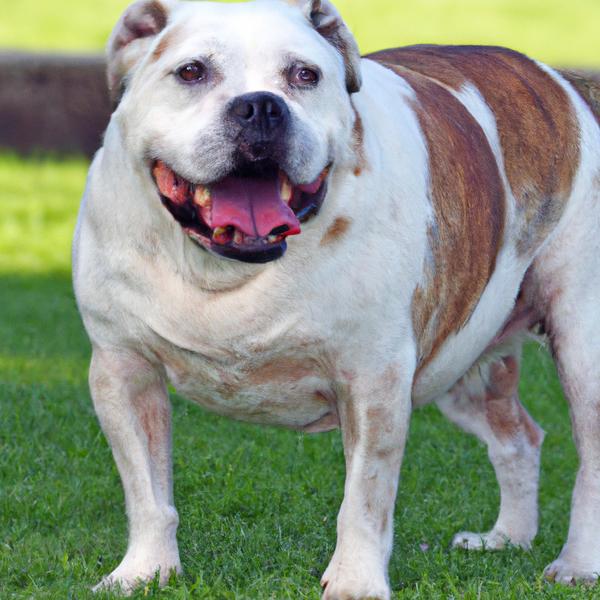
Olde Double Bully
Yorkshire Terrier vs Olde Double Bully
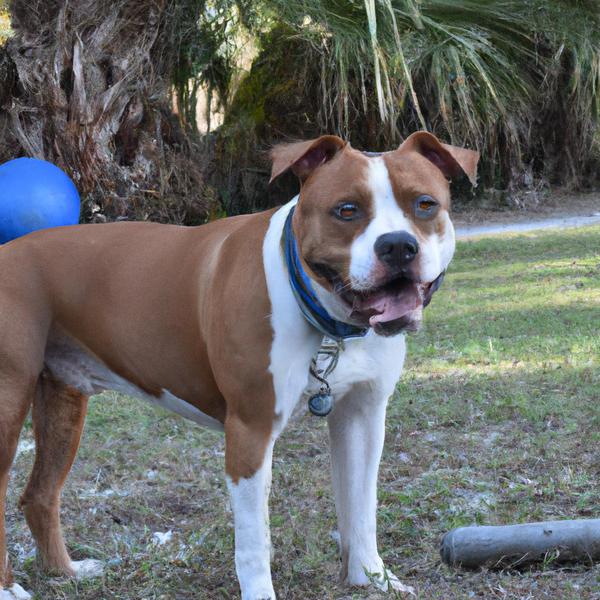
Bostillon
Yorkshire Terrier vs Bostillon
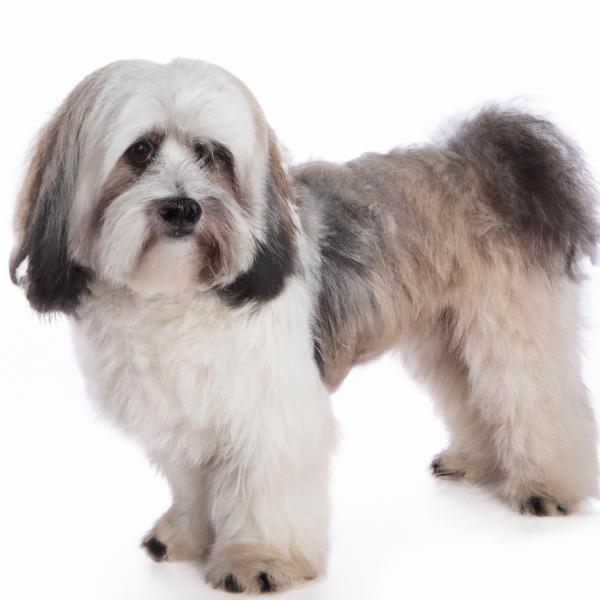
Havanese
Yorkshire Terrier vs Havanese
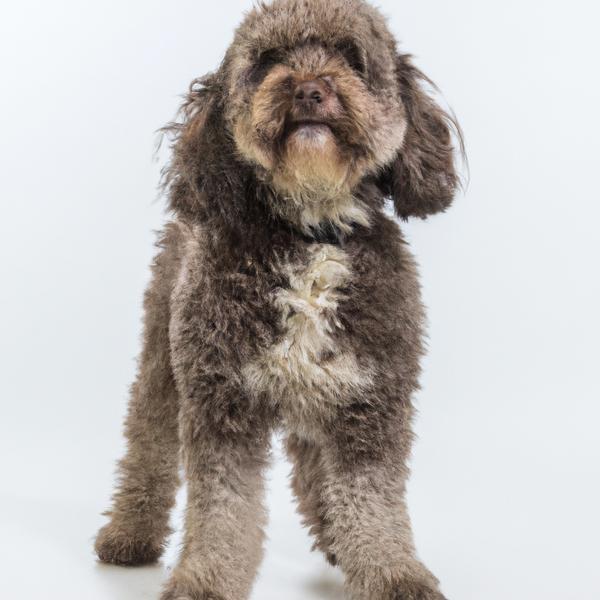
Chesa-Poo
Yorkshire Terrier vs Chesa-Poo
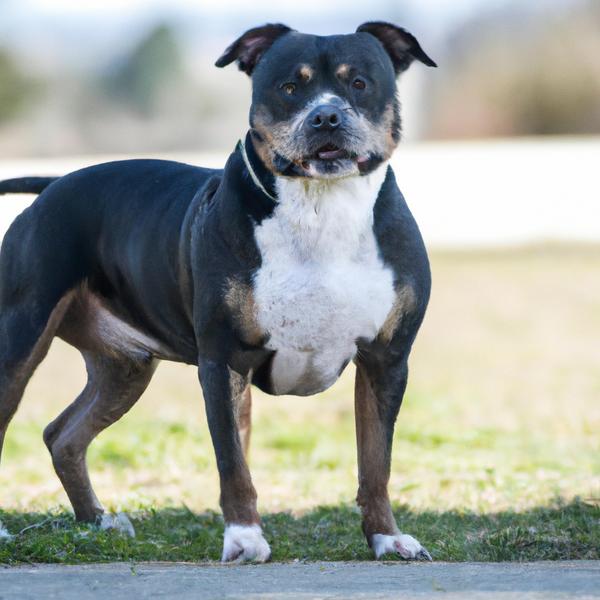
American Bullweiler
Yorkshire Terrier vs American Bullweiler
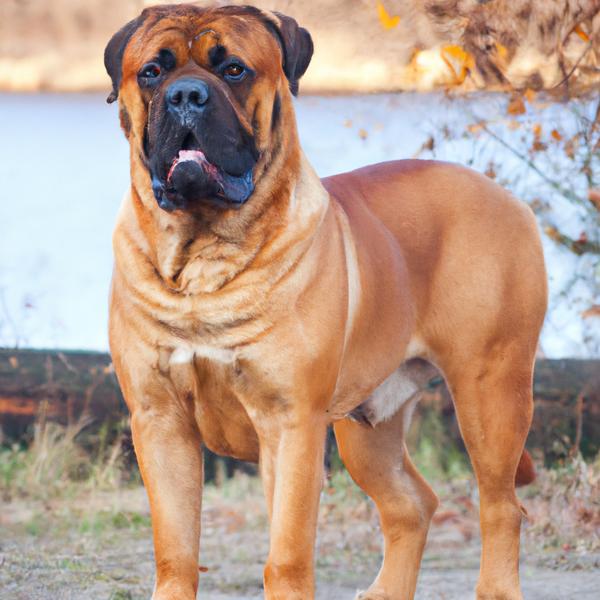
Bullmastiff
Yorkshire Terrier vs Bullmastiff
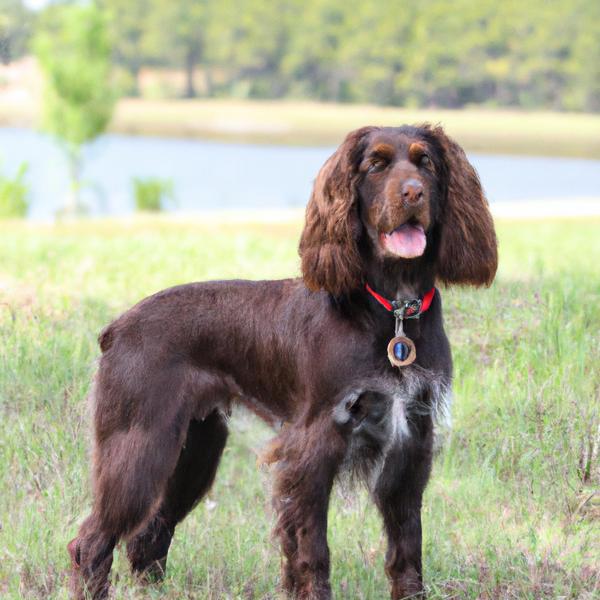
Boykin Spaniel
Yorkshire Terrier vs Boykin Spaniel
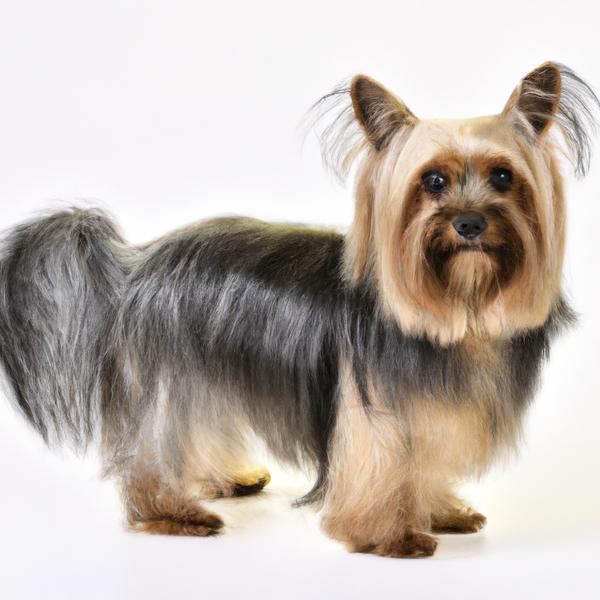
Yorkillon
Yorkshire Terrier vs Yorkillon
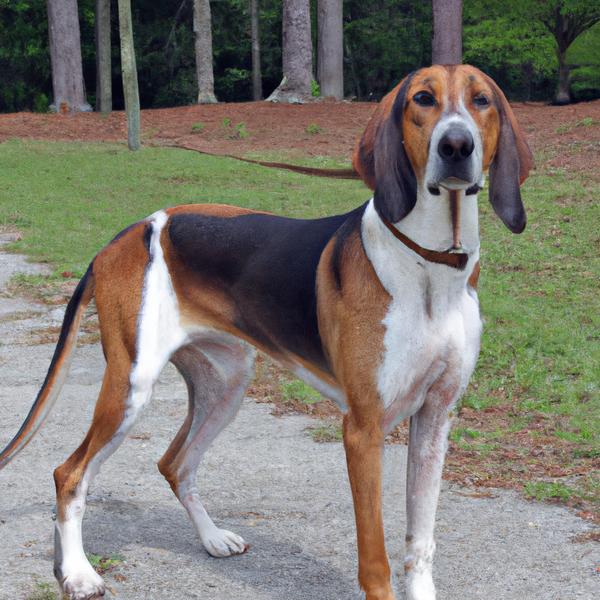
Treeing Walker Coonhound
Yorkshire Terrier vs Treeing Walker Coonhound
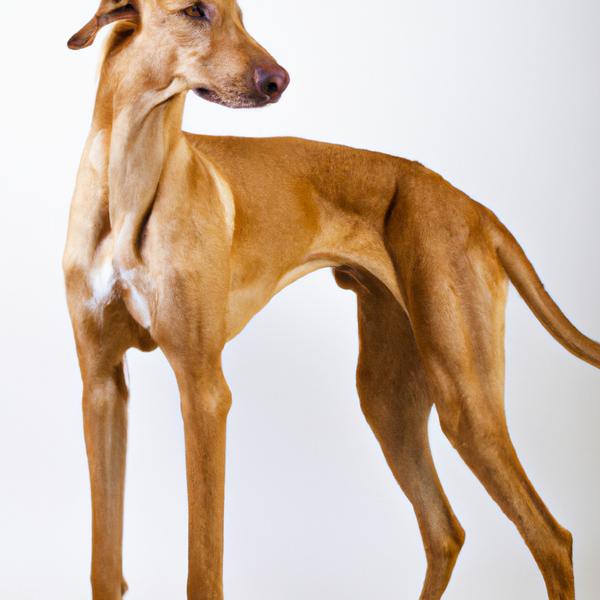
Azawakh
Yorkshire Terrier vs Azawakh
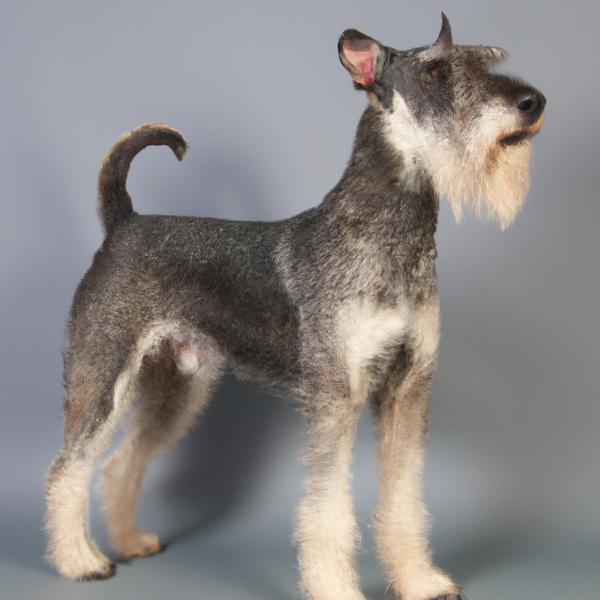
Standard Ratzer
Yorkshire Terrier vs Standard Ratzer
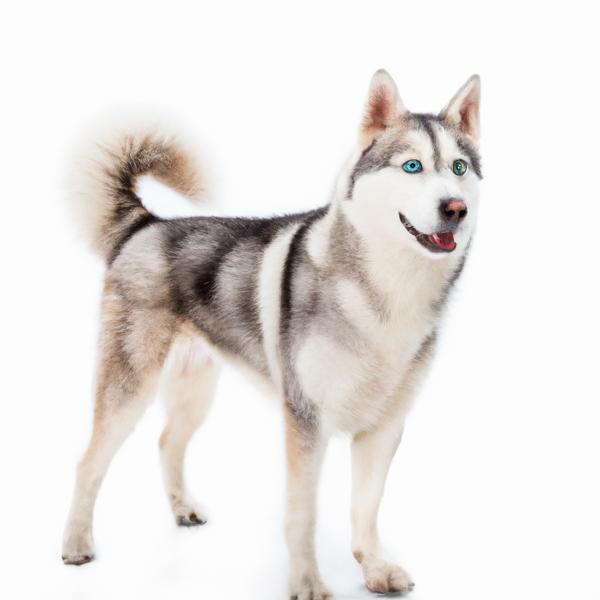
Siberian Husky
Yorkshire Terrier vs Siberian Husky
